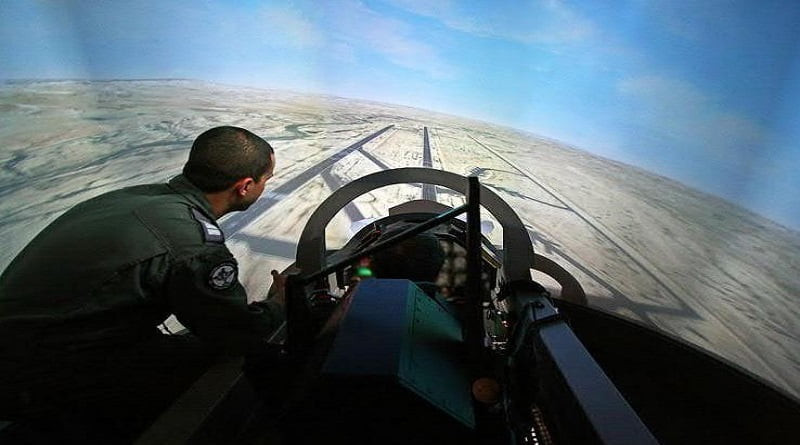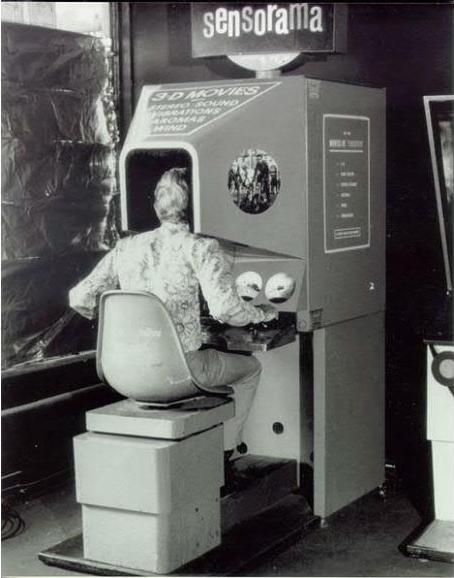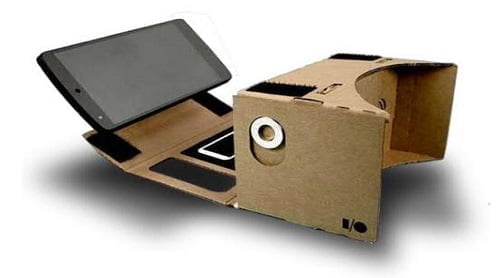Virtual Reality (VR) Introduction, Definition, What does Virtual Reality mean?
Virtual reality (VR) is an artificial environment that is created with software and presented to the user in such a way that the user suspends belief and accepts it as a real environment. So Technically “VR” is a computer generated world which can be a game or a walkthrough of a place or a video that plays around you which trick you brain to replaces your reality with VR

When did virtual reality begin? Brief History of VR
It all started in 1950 by a guy named Morton Heilig who later invented the first Actual VR machine dubbed as Sensorama, we won’t go too deep in that as it was too early for VR to make sense!!

Fast forward to 2000’s, military of multiple countries thought that instead of putting a rookie pilot in an
actual plane, it would be easy to put him in a dummy cockpit rig that moves and gives near real feel of
actual cockpit of a plane and surround him with screens that emulate the surrounding of an actual
fighter plane to give the pilot training in a simulator to handle a fighter jet without the worries of
damaging the plane! This was Soon adopted by commercial airlines and fight schools to give pilot a basic
idea of the aircraft. There itself, evolution of virtual reality started!
Soon many companies started developing this technology and the age of virtual reality started. In 2012, an independent company called oculus started a kick starter for the “rift”, the first VR HMD (Virtual Reality head mounted display). They released a DK1(Development Kit 1) for the developer in 2012. The DK1 had a low
resolution 7 inches display and featured head tracking. Due to heavy response in July 2014, Oculus began
shipping Development Kit 2 (DK2).

This was a small refinement of the “Crystal Cove” prototype, featuring several key improvements over the first development kit, such as having a higher-resolution (960×1080 per eye) low-persistence OLED display, higher refresh rate, positional tracking, a detachable cable, and the omission of the need for the external control box.
Till this time VR was just something you would experience in events. VR got it Worldwide recognition
when in 2015, google launched the ‘Google Cardboard’. It was a mobile platform which only required a
cardboard box and a app to experience VR on almost every smartphone that had gyro. This where VR
technology sky rocketed and big names like HTC and Sony Even Acer leaped into picture with their own
VR Headset.

Leave a Reply